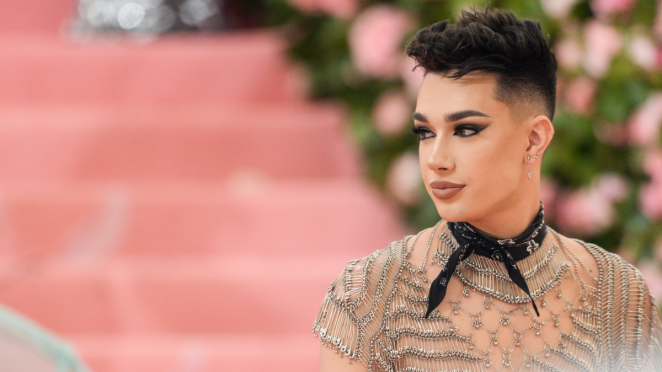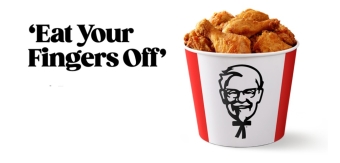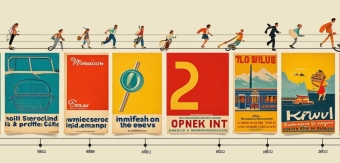Pop culture has long been a driving force behind the evolution of advertising. You could say, in fact, that it’s like one hand washing the other. As societal trends shift and new cultural phenomena emerge, advertisers must adapt to remain relevant and effectively engage their target audiences. This article explores how changes in pop culture have shaped advertising trends over the years, highlighting key strategies and successful campaigns.
Pop Culture as a Marketing Catalyst
Pop culture encompasses a wide range of elements, including popular TV shows, movies, music, social media trends, and celebrity influences. By tapping into these cultural touchstones, brands can create a sense of familiarity and relatability with their audience. For instance, referencing popular TV shows or movies in advertisements can evoke strong emotional connections, making the brand more memorable and engaging.
Leveraging Current Trends

Staying current with pop culture trends is crucial for advertisers. Brands like Coca-Cola and Adidas have successfully used trending hashtags during major events, such as the FIFA World Cup, to engage with fans and create a community around their products. Similarly, Oreo's "Dunk in the Dark" tweet during the Super Bowl blackout in 2013 is a prime example of real-time marketing that capitalized on an unexpected moment, generating significant buzz and engagement.
The Role of Social Media
Social media platforms have become integral to leveraging pop culture in advertising. TikTok, for instance, has transformed how brands interact with consumers, offering a space where trends can go viral almost instantly. Brands like Fenty Beauty have capitalized on TikTok's short-form video format to reach younger audiences and drive sales.
Celebrity Endorsements and Influencer Collaborations

Aligning with celebrities and influencers who are popular within certain cultural moments can significantly boost a brand's visibility and credibility. Samsung's collaboration with beauty YouTuber James Charles for a product launch is a notable example of how influencer partnerships can effectively tap into an existing fanbase to generate excitement and reach a broader audience.
Nostalgia and Emotional Connections
Nostalgia is a powerful tool in advertising, often used to evoke positive memories and emotional connections. Brands frequently incorporate nostalgic elements from past decades to resonate with consumers. For example, the resurgence of 80s and 90s fashion and music in recent advertising campaigns appeals to consumers' longing for the past, creating a strong emotional bond with the brand.
Cautionary Tales

While leveraging pop culture can be highly effective, it is not without risks. Brands must ensure that their references align with their values and resonate with their audience to avoid backlash. The Pepsi ad featuring Kendall Jenner is a well-known example of a campaign that failed to understand the cultural context, leading to accusations of trivializing social justice movements and resulting in the ad being pulled.
Final Thoughts
The interplay between pop culture and advertising is a dynamic and ever-evolving landscape. By staying attuned to cultural trends and leveraging them in a thoughtful and relevant manner, brands can create impactful and memorable advertising campaigns. Whether through real-time marketing, influencer collaborations, or nostalgic references, the key is to connect authentically with the audience, reflecting their values and interests.
Incorporating pop culture into advertising strategies not only keeps brands relevant but also fosters deeper connections with consumers, ultimately driving engagement and loyalty in an increasingly competitive market.
Header image by Javier Medellin Puyou







